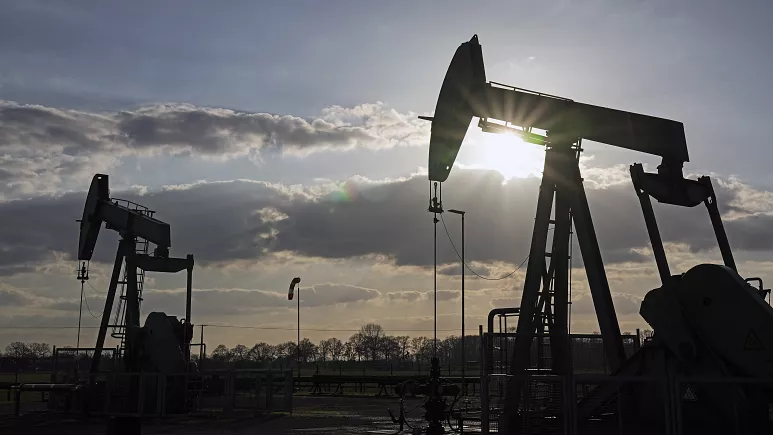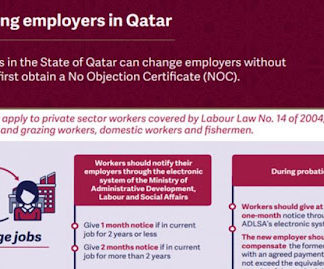Uncertainty in Europe as oil prices keep climbing
A pumpjack of Wintershall DEA extracts crude oil at an old oil field in Emlichheim, Germany, March 18, 2022.
By Doloresz Katanich
Published on 15/09/2023 – 14:02
Share this article
Comments
Oil prices have climbed further after they hit a ten-month record on Thursday and gas prices are also inching towards their highest level of the year.
Oil prices are on the rise on the main commodity markets, after positive economic data from China fuelled expectations for a rising demand from the world’s second-largest economy.
China’s industrial output and retail sales grew more than expected in August, according to the latest data, suggesting the world’s second-largest economy is starting to stabilise.
The world benchmark Brent Crude futures rose 65 cents, or 0.7%, to $94.35 a barrel as of 0630 GMT, while the US West Texas Intermediate crude (WTI) was up 67 cents, also 0.7%, at $90.83 a barrel.
They are both priced at their highest level this year, which is approximately a 4% rise compared to last week.
The so-called futures are a strong indicator of investors’ expectations on the market, generally signalling what they are willing to pay per month for a barrel of oil.
ECB hikes interest rates despite growing threat of recession
EU economy loses momentum amid Ukraine war, inflation, natural disasters and higher interest rates
Previously, concerns about the supply moved the prices up, as major oil producers Russia and Saudi Arabia announced last week that they will keep their supply low through the end of the year.
This was followed by the International Energy Agency’s report, published earlier this week, stating that the extended oil output cuts will result in a market deficit in the last three months of 2023.
The recent catastrophic flooding in Libya raised concerns that the OPEC country, a key supplier to Europe, will not be able to supply its one million barrels of oil per day.
Volatility is the only certainty in Europe
In Europe, the only thing sure is that nothing is sure; analysts predict volatility on the market, mainly due to a mixed outlook.
Increasing oil prices have a direct impact on natural gas prices. While across the world, natural gas prices and gasoline prices are showing a slight increase hand in hand with oil prices, European natural gas benchmark Dutch TTF’s price was down by more than 2.5% at Friday 12:00 CET.
This indicates that the European market is mainly being dominated by a gloomy economic outlook, led by Germany’s faltering economy, and that demand on the continent is low.
The big turnaround: how Europe’s gas prices fell from €300 to €35 MWh in the span of a year
Amid rising climate catastrophes, why is the EU putting an oil man in charge?
However, with the uncertainty concerning the workers strikes at Chevron’s liquefied natural gas (LNG) facilities in Australia, an increase in prices could easily be on the cards for Europe.
One of the biggest credit rating agencies, Fitch Ratings, expects a temporary rise in European prices. Chevron’s facilities in Australia provide about 7% of global LNG supply. They sell mainly on the Asian markets.
The strikes are expected to last and extend the time this supply is missing from the market. As such, Asian buyers could turn to other LNG suppliers, competing with Europe, for the duration of strikes, in turn pushing the prices up.
On the other hand, there are also expectations that this year Europe is going to see another mild start to winter which may delay heating demand. Also, natural gas reserves are approximately 94% full in Europe.






























